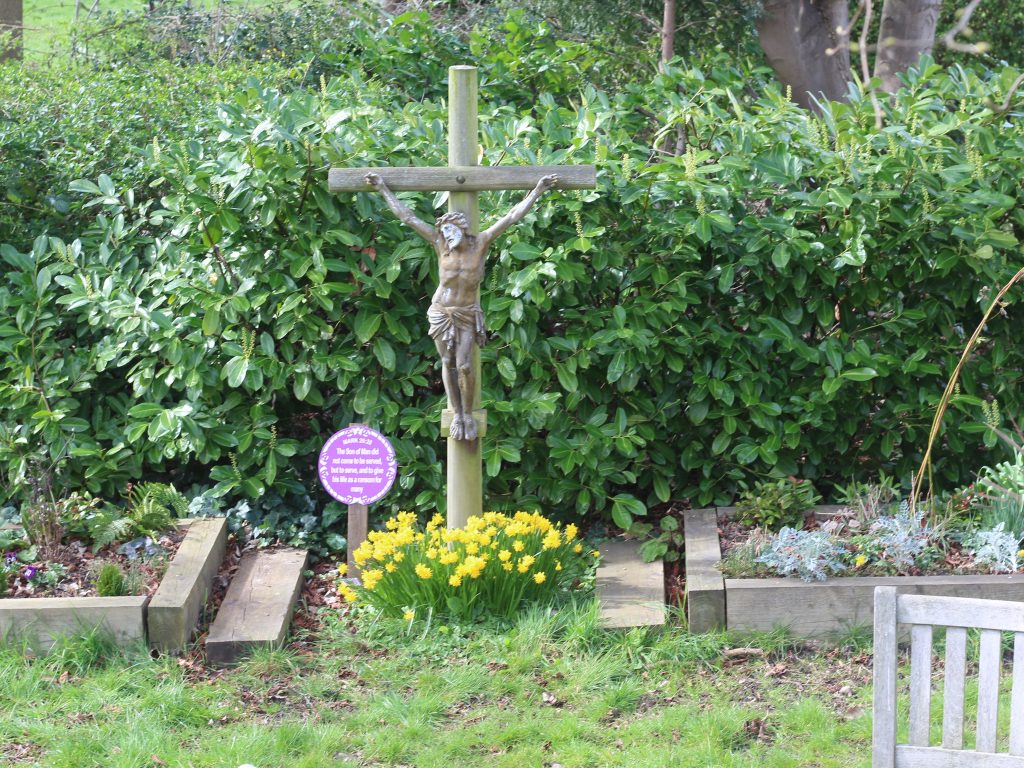The story of Irena Sendler.
Head of Religious Education, Mrs Corkery, reports on the latest work from Lower IV. ‘Lower IV have been busy recently exploring the topic of conscience. Having learned about the life of St Oscar Romero, and how he became the conscience of many people in El Salvador, Lower IV independently investigated the life of Irena Sendler. They wrote some wonderful newspaper articles on her selfless and inclusive activities during World War II in rescuing Jewish children from the Warsaw Ghettos. Hijri wrote a fantastic article on Sendler’s work relating to saving Jewish children during the war, linking her life to the theme of conscience. Hijiri’s ability to research independently is excellent’.
“A person must be rescued when drowning, regardless of religion and nationality”; The Polish Schindler who crusaded against antisemitism for 2005 Jewish young lives, Irena Sendler.
Born in 1910, she grew up in a Jewish town although a Catholic. Her father was a conscientious doctor who treated Jews that the other doctors rejected for their own dear life. She was exasperated at the incessant and heinous discrimination against the Jewish friends she grew up with. Thus when she graduated in social welfare (the scheme to provide basic human rights), she defaced her non-Jewish identity card to highlight her stand against bigoted hostility. Afterwards, she kept on providing social welfare to vulnerable Jewish people, buoyed by her fellow social workers.
However, in 1940, Hitler announced that thousands of Jews in Warsaw were to be forced into just over one square mile of land, known as Ghettos, that further eroded Jewish rights. They were completely isolated with barely any welfare and Jewish families soon began to collapse from starvation and sickness. Horrified by this, Sendler and her colleagues secured routes to the Ghetto on the pretence of checking for typhus outbreaks. At first, they smuggled in resources but they soon realised that it was not enough. As desperate parents began to send their children through sewers and over walls, she joined and helped them escape too. Sendler and her associates developed a coordinated campaign of rescue missions. For example, children were put into coffins and briefcases under the Gestapo’s noses and carried in cargo trains. Bigger children were ferried through courthouses and churches which straddled the Ghetto boundaries and sent to orphanages, convents and foster families with completely new identities. However, to retain their old identities and to keep track of each child, Sendler kept painstaking records on thin cigarette papers and stored them in glass jars.
In 1942, the Nazis began transporting Jews to concentration camps. Sendler was alarmed and with new urgency, joined forces with a Nazi resistance organisation called Zegota. It helped Sendler expand her operation by stashing money for her in post boxes across Warsaw. However, when the Gestapo (the Nazi secret police) threatened a laundry owner whose business contained the Zegota post box, she gave Sendler’s name to them.
At 3.00am on 20th October 1943, Irena Sendler heard the Gestapo pummelling on her door. Sendler was quick-witted. Grasping that she was minutes away from her arrest, she entrusted her jar which contained 2005 Jewish children’s whereabouts to Janina Grabowska. Irena Sendler was tortured and sentenced to death but she betrayed no information. But a German officer, who was bribed with over $100,000 by Zegota, diverted her course to death.
She continued working until the Nazi defeat in 1945. She then, with her records in the jar, reunited the children with their families and while the new Polish government sought to suppress her feat, the children she rescued ensured her story.
In conclusion, I believe that Sendler is indeed conscience itself as she ethically sacrificed herself, confronting fear and death in order to achieve the instructions of God’s voice in her heart. She also valued modesty saying that “Every child saved with my help is the justification of my existence on this Earth, and not a title to glory” and that she continued to have qualms of conscience that she did so little, which is clearly not true. What she did is a feat, and she is just the exemplar of people in these modern days where ignorance of conscience is too frequent.”





